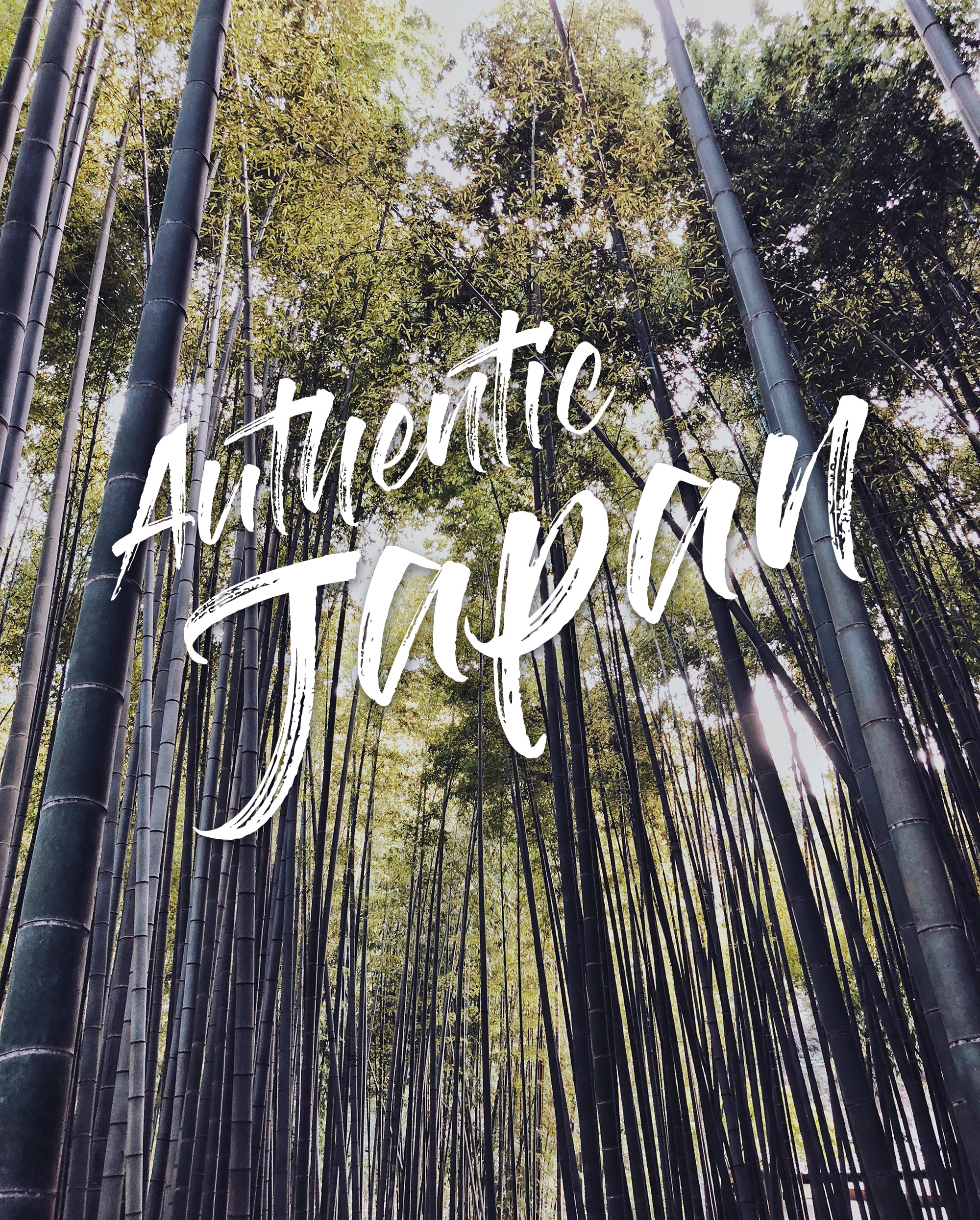
As much as I love cheeseburgers – and believe me, I loooovveee cheeseburgers – I’m not the kind of person that will fly for 13 hours to the other side of the world, known for luscious slices of sashimi and bowls of noodles swimming in rich broth, to waste a single meal on something I can indulge in at home.
What I’m trying to say (and getting hopelessly sidetrack at the prospect of eating so much fatty tuna that I’ll likely get mercury poisoning) is that I’m an immersive traveller. I believe in experiences a destination as authentically as possible from the type of accommodation I stay at to unique, once-in-a-lifetime activities to local cuisine.
Luckily, Japan a culture so rich with traditions and ceremonies that date back thousands of years that I’ll barely have to try to have an authentic experience. Here are 7 ways I’m keeping my upcoming trip as authentically Japanese AF:
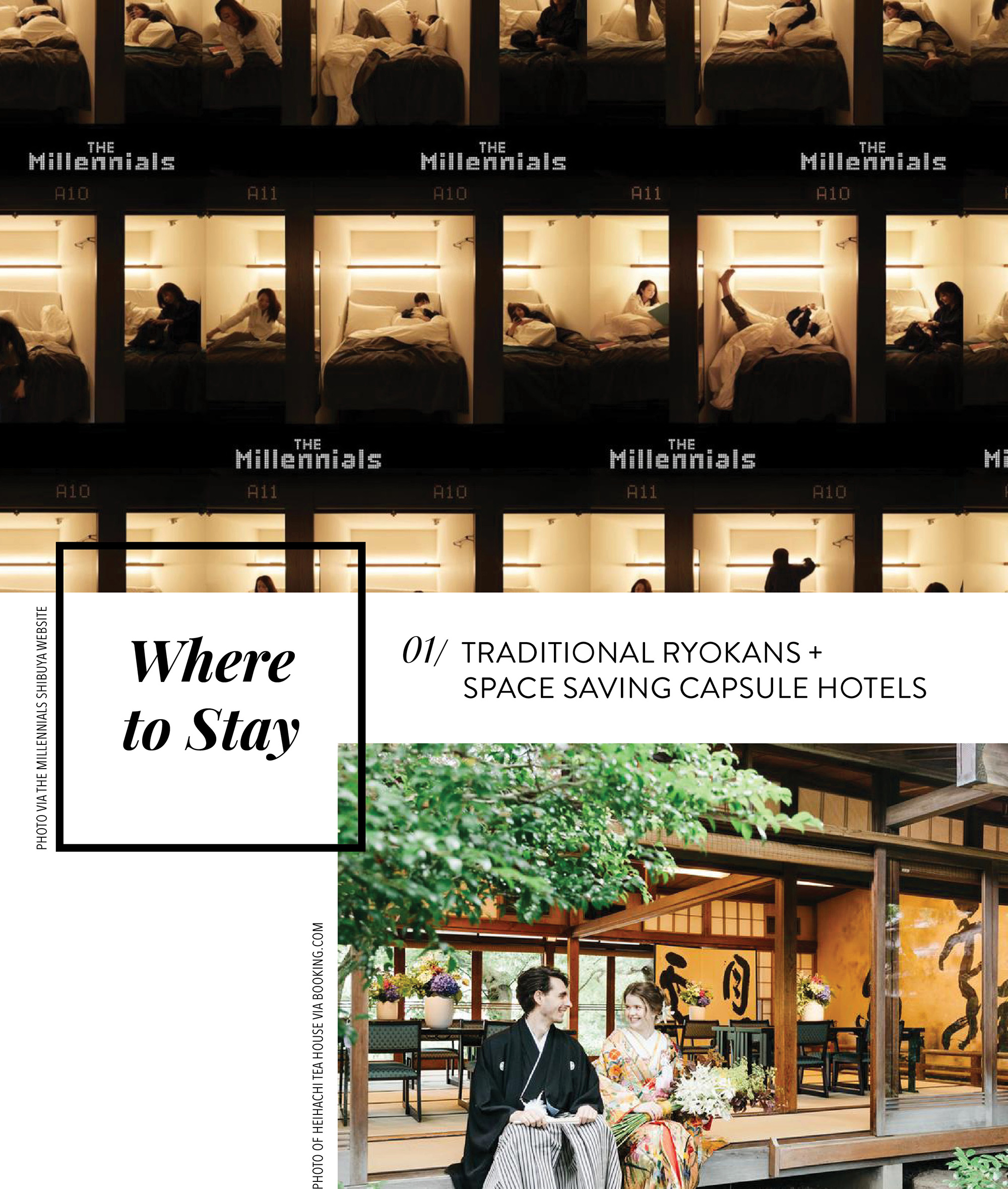
+Ryokan: Luxuriate in the notorious Japanese hospitality by spending the night at a ryokan. Found throughout the country, traditional inns such as the Kyoto-based Heihachi Tea House feature tatami floors, futon beds, a multi-course kaiseki meal and provide elegant yukatas to lounge around in. It’ll cost you a pretty penny but it’s as close as it gets to immersing yourself the lifestyle.
+Capsule Hotel: A much more budget-friendly alternative, these efficiently-spaced pod rooms are usually the length and width of a single bed. While stereotypically used by drunk salarymen that are too embarrassed to face their spouses, stylish hip capsule hotels like The Millennials in Shibuya Tokyo is a unique overnight slumber party.
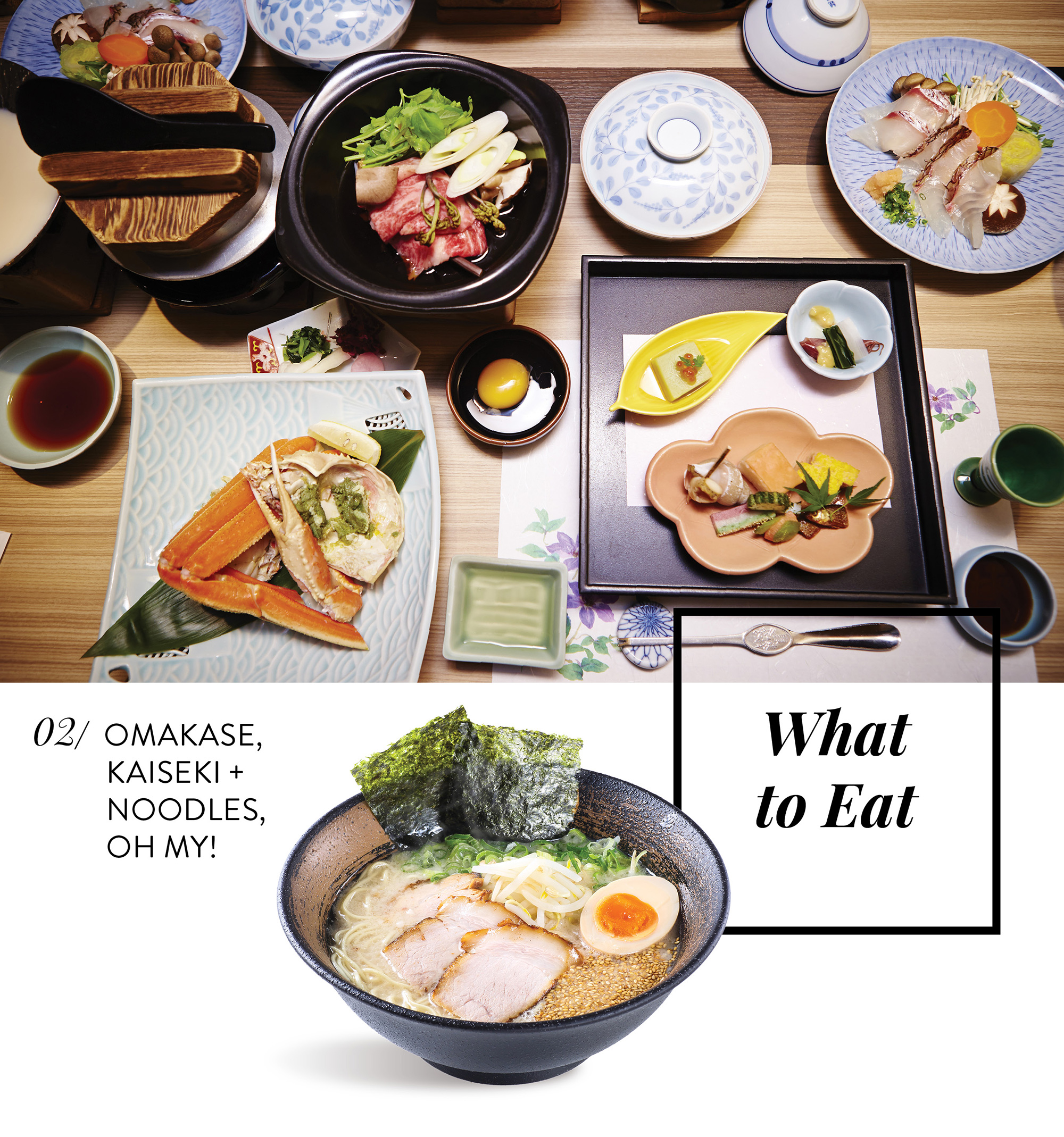 +Omakase: Ideal for the indecisive, omakase translates to “respectfully leaving another to decide what is best.” Defer all decision-making to a master sushi chef who will meticulously craft and curate a meal consisting of several courses. Sit at the bar of the Anthony Bourdain-approved Sushi Yasuda for an intimate experience while marvelling at the knife wielding and rice shaping skills of Naomichi Yasuda.
+Omakase: Ideal for the indecisive, omakase translates to “respectfully leaving another to decide what is best.” Defer all decision-making to a master sushi chef who will meticulously craft and curate a meal consisting of several courses. Sit at the bar of the Anthony Bourdain-approved Sushi Yasuda for an intimate experience while marvelling at the knife wielding and rice shaping skills of Naomichi Yasuda.
+Kaiseki: For a memorable night of fine dining, Kaiseki offers an impressive display of culinary excellence. Steeped in Japanese tradition, it’s a multi-course Japanese dinner of elaborately plated dishes that express the concept of wholehearted hospitality. Perfection is found in the details, whether savoured at a tatami-matted ryokan or a Michelin star restaurant like Hyotei.
+Noodles Galore: The noodle game in Japan is just as impressive as their sushi, offering all types from buckwheat soba to chewy udon to ramen you devour by the broth-filled bowl. Of course, I plan on trying the infamous Ichiran Ramen if only for the novelty of ordering my noodles from a vending machine but I’m particularly excited for the soupless version, abura soba.
+Street Food: Gain a more casual understanding of the food culture in Japan by indulging in street food. Hunt down charcoal uni buns, tamagoyaki (sweet Japanese omelette), menchi katsu (deep-fried meat patty) and more gustatory delights in the Tsujiki Fish Market in Tokyo. Head to Osaka to chow down on regional treats like okonomiyaki (savoury pancakes), yakitori (meat skewers) and takoyaki (octopus balls).
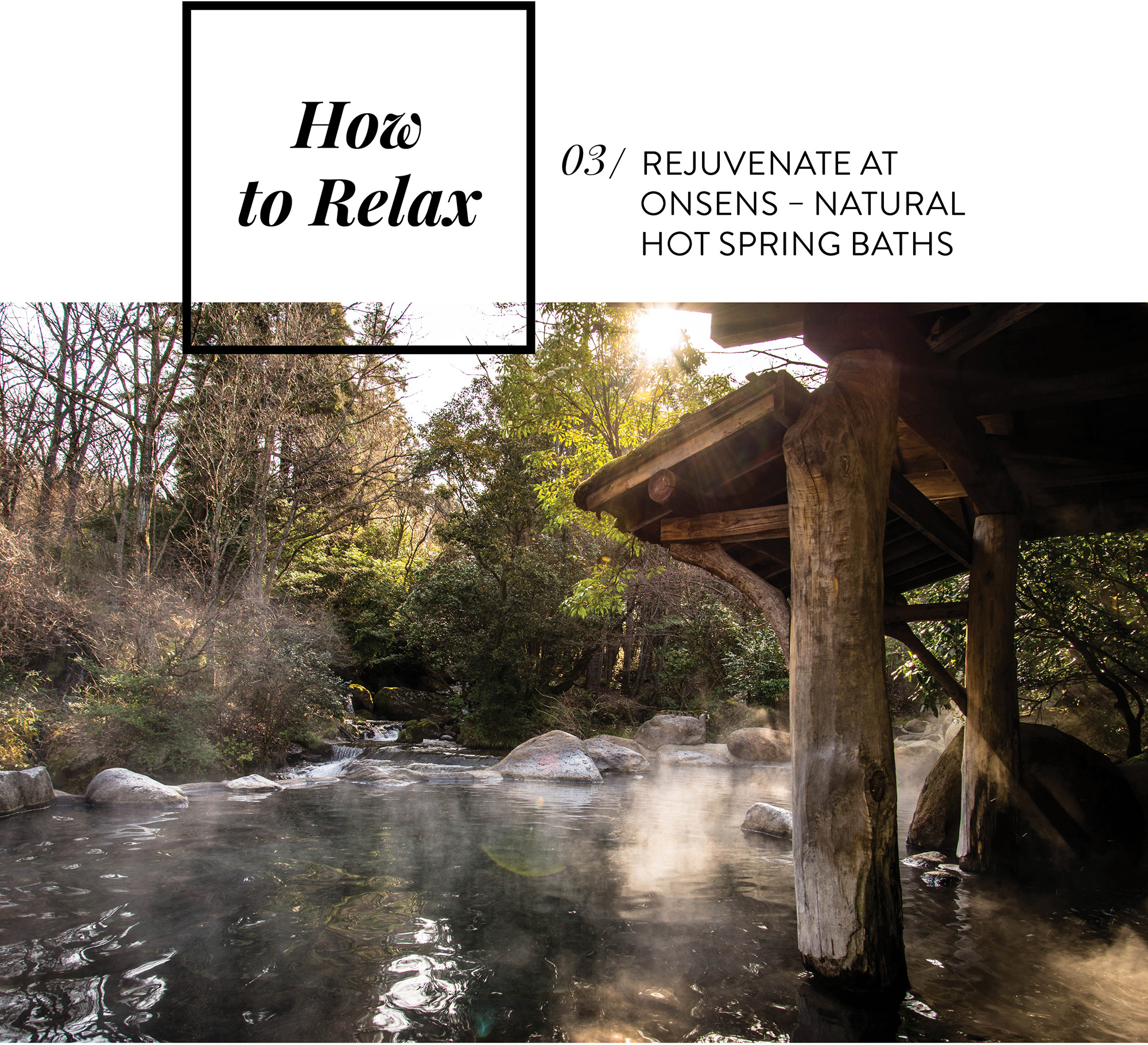
+Onsens: Can you imagine not having bath or shower facilities in your own home? This used to be the case for most modest Japanese dwellings. That in combination with it being a volcanically active country precipitated the proliferation of onsens – natural hot spring baths. Brimming with minerals possessing healing properties, prepare to strip down to your birthday suit to immerse yourself in the therapeutic waters to relax as the Japanese do.
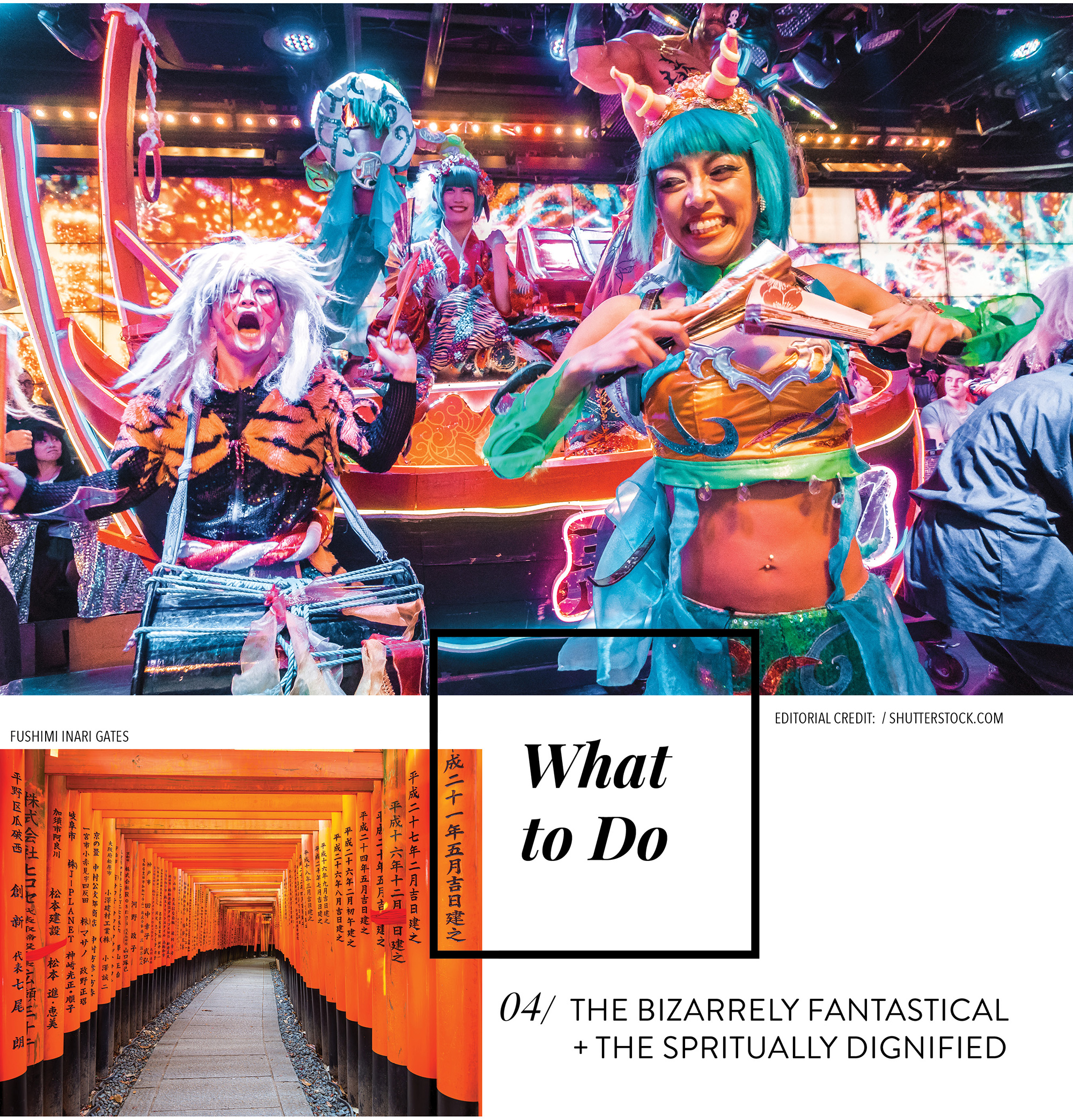
+Forest-Bathing: The Japanese practice of shinrin-yoku, or forest bathing, which is simply walking through nature to clean your soul and to cleanse your spirit. There is no lack of lush greenery to be found in Japan but one of the most majestic can be found in Kyoto. Rise early to stroll through Arashiyama Bamboo Grove for some peace and reflection.
+Temples: Spirituality is an essential part of Japanese culture which is why there is an abundance of temples throughout the country. Get your fortune at Buddhist Senso-ji Temple in the Asakusa district of Tokyo. If you’re in Kyoto, you cannot miss the iconic red gates at the Fushimi Inari Temple.
… let your freak flag fly and indulge your fascination with the bizarre and fantastical.
+Mario Go-Karting: Had your fill of the refined and spiritual side of Japan? It’s also the perfect place to let your freak flag fly and indulge your fascination with the bizarre and fantastical. Shift into high gear and hit the road as your favourite Nintendo character at a real-life Mario Kart in Tokyo. Zip all over the course in the low-riding go-karts, just try to avoid the banana peels.
+Robot Restaurant: For a dazzling display of seizure-inducing lasers, flashing lights, an explosion of colour and elaborate costumes, swing by one of the many themed restaurants and cafés in the city such as the Robot Restaurant. This spectacle not only redefines the meaning of “dinner and a show” but blows it right out of the sky.
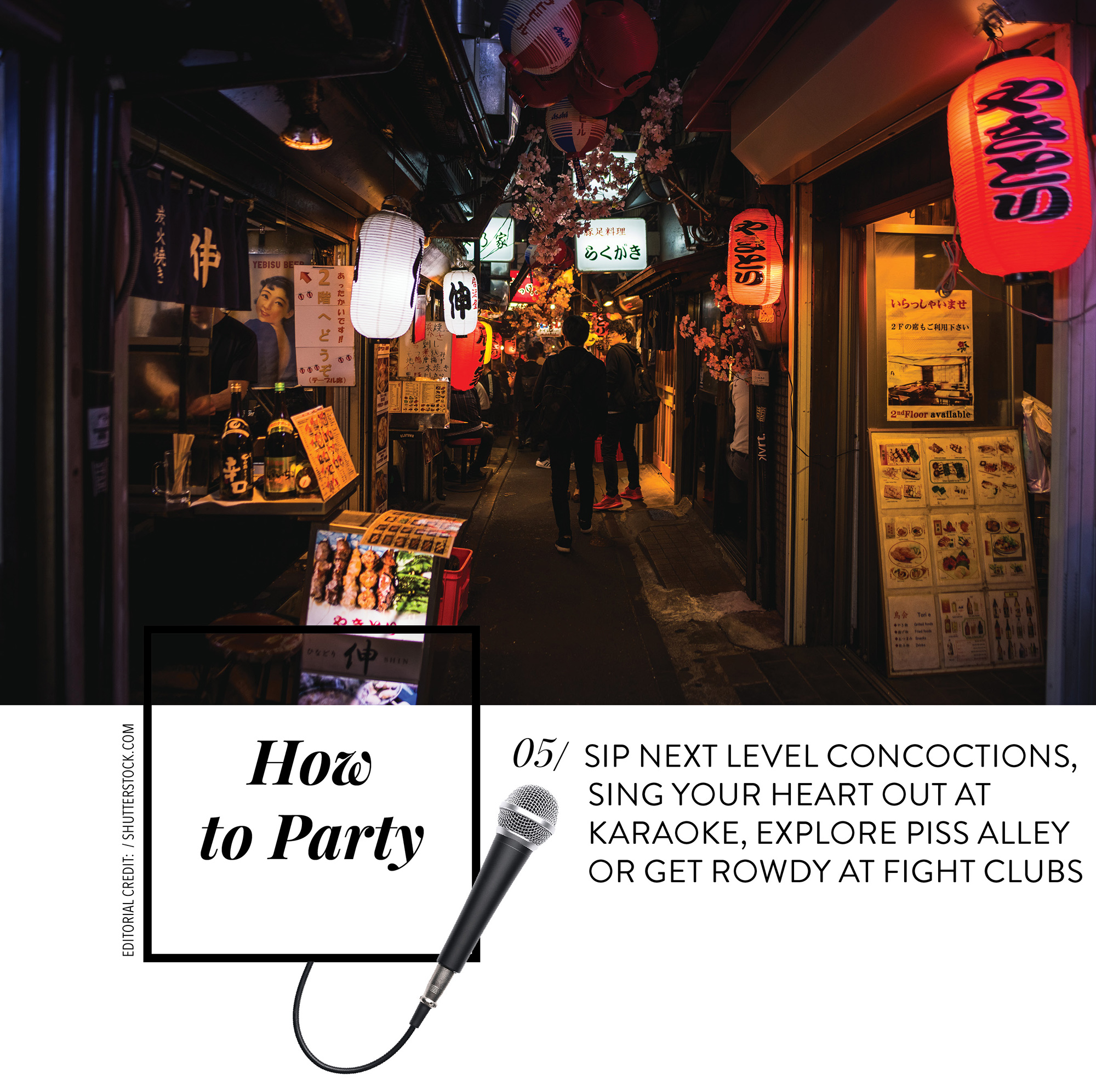
+Cocktail Bars: If you drink to savour, the cocktails in Japan are next level. You may end the night with a hefty bill from the Ginza-style Bar High Five in Tokyo, but the bartenders have perfected the art of mixology with their custom concoctions. There are also spots that focuses on specific spirits like Taimei Bar that specializes in Sherry-based drinks, SakeBozu that offers artisanal sake in Tokyo and Nokishita711 that offers special gin infusions in Kyoto.
+Tokyo Fight Club: For fans of the cult classic Brad Pitt/Ed Norton film, get rowdy at the Shibuya-based Tokyo Fight Club that’s described as “fight club bar and show restaurant.” The space is all neon lights and vibrant murals with a hexagon-shaped fighting cage at it’s centre where the clientele can witness various forms of martial arts from kickboxing to Muay Thai.
+Piss Alley: While the moniker is less than appealing, no visit to Tokyo is complete without making your way along the narrow alley through the collection of quirky bars, yakitori grills and food stalls that are barely bigger than a shoebox. While difficult for tourists to find a drinking spot (many bars cater solely to locals), it makes the experience even more authentic.
I don’t think you’re allowed to leave Japan without embarrassing yourself by belting out a Celine Dion tune at a karaoke bar.
+Karaoke: I don’t think you’re allowed to leave Japan without embarrassing yourself by belting out a Celine Dion tune at a karaoke bar. Big Echo Karaoke is a popular chain that provides a wide selection of songs in Japanese, English, Korean and Chinese.
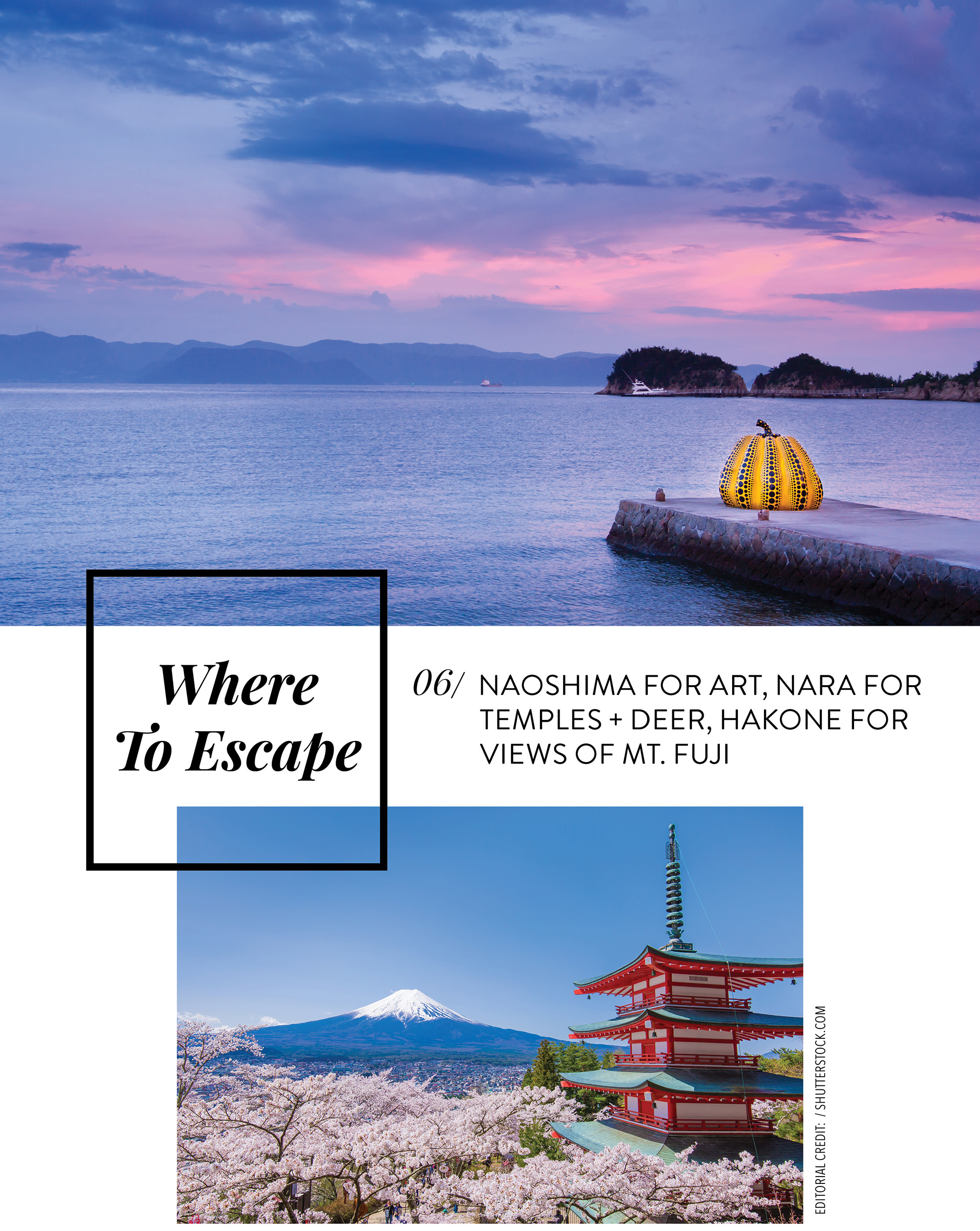
+ Naoshima: Escape the urban jungle of Osaka – by train, bus and ferry – to a remote island in the Seto Inland Sea. Blending seamlessly with nature, you’ll find surreal art installations – such as pieces by the renowned Yayoi Kusama – and architectural gems doubling as museums like Chichu Art Museum scattered across Naoshima. Come for the day or stay the night glamping in a Mongolian Yurt. Yes, a Mongolian Yurt.
+Nara: An easy day-trip from Kyoto or Osaka, Nara is rich with traditional sites from the austere Todai-ji Temple to the lush grounds of the Isui-en Garden and the majestic Kasuga-Taisha Shrine. But the real reason that people flock to this prefecture is for a chance to interact with hoards of curious deer at Nara-koen Park. Purchase some shika sembei (deer crackers) and watch as the semi-wild deer flock to your side!
+Hakone: For unparalleled views of Mt Fuji, spend a night or 2 in this mountainous onsen town on the way to Kyoto, known for its hot spring resorts. While you’re there, soak up some culture at the Hakone Open Air Museum or head to the picturesque Sengokuhara Pampas Grass Field for rolling fields of fluffy golden grass.
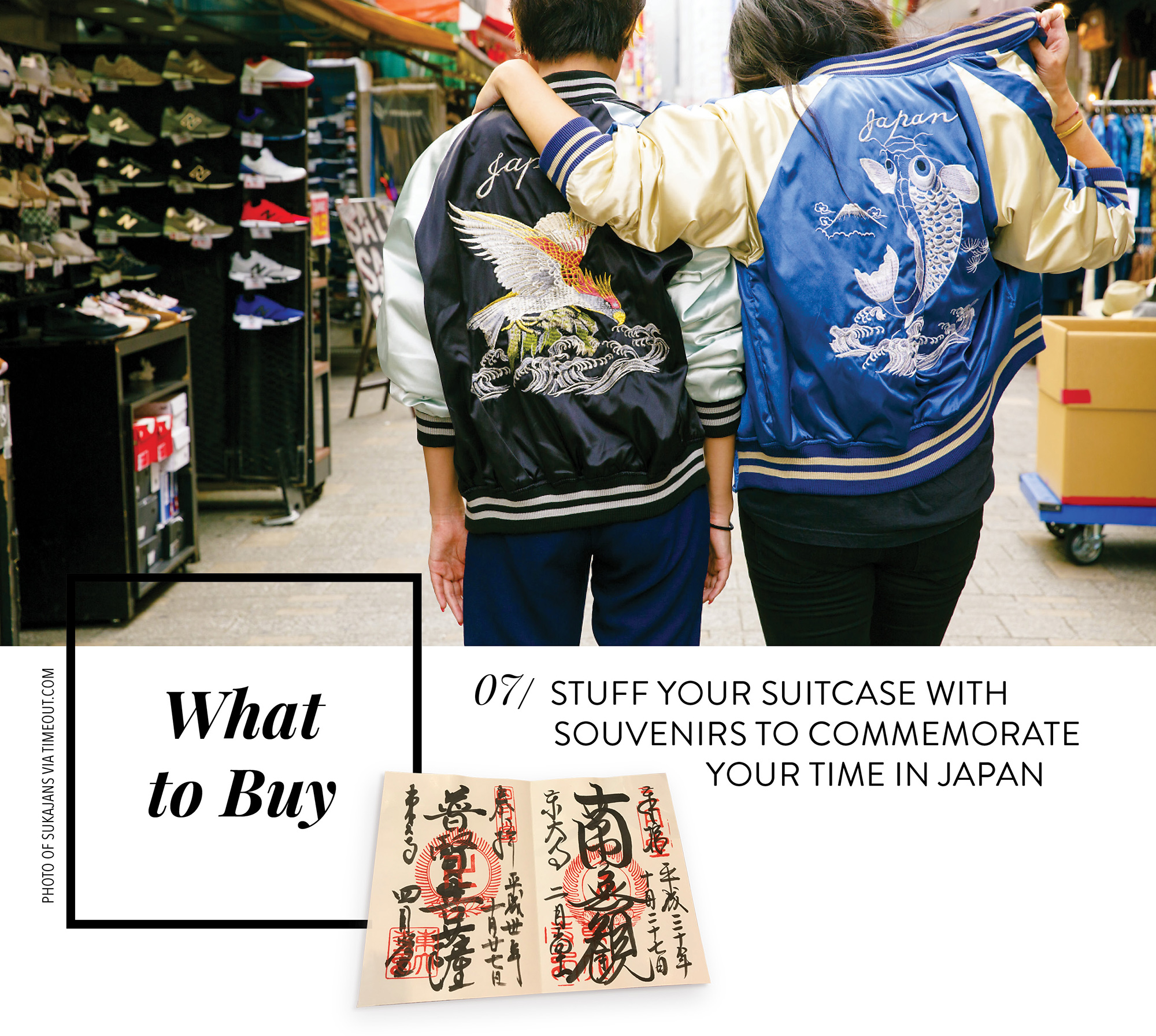
+Sukajan: Wear Japan on your sleeve by picking up a custom-made sukajan made of vibrant silk and embellished with depictions of tigers, dragons and cherry blossoms. Head to Prince Shokai in Yokosuka where they’ve been making these embroidered jackets for 70 years or Kinji in Harajuku.
+Goshuincho: To mark your journey to the multitude of temples in Japan, buy a journal-like book called a goshuincho (“honorable stamp/seal book”). For a modest fee, it will be stamped with the shrine or temple’s name along with the day’s date written in calligraphy by an attendant.
Featured Photo Credit: Nhi Tran




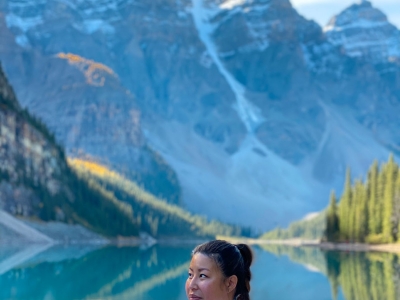

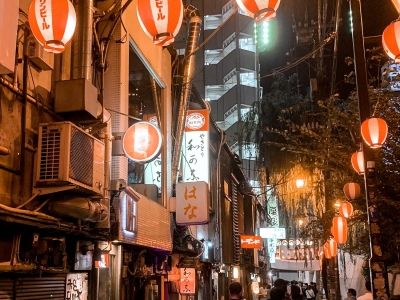

0 Comments